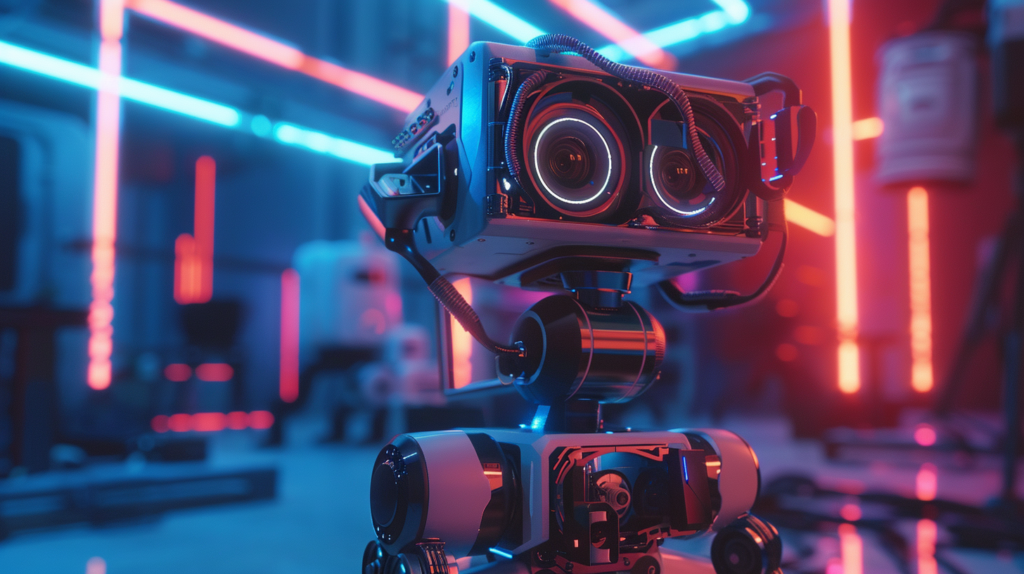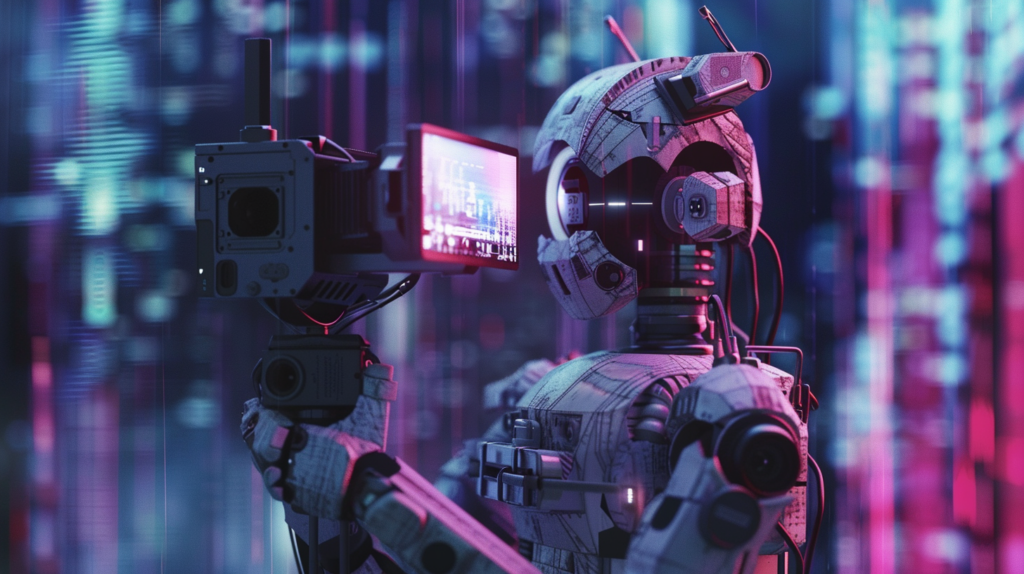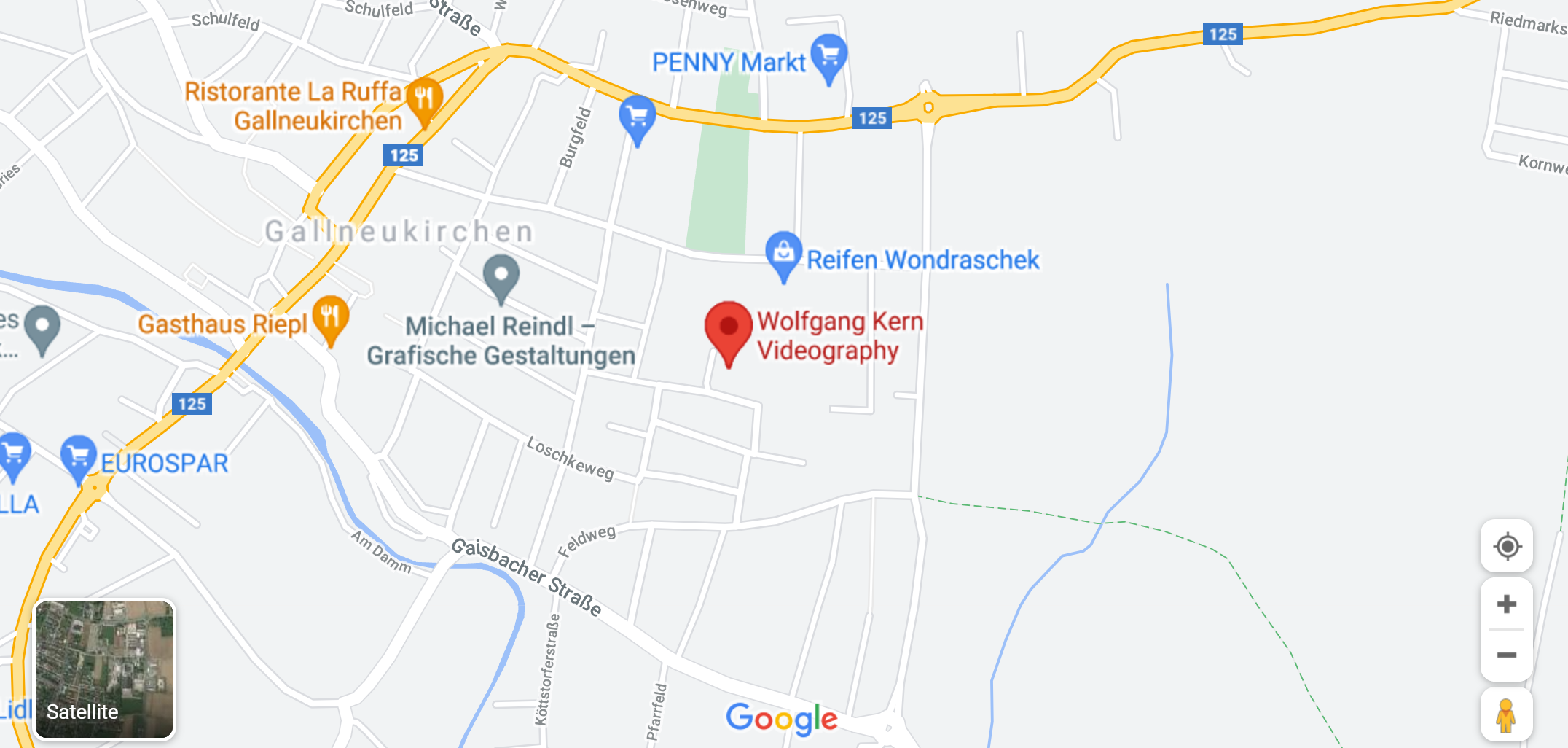The Rise of Video AI: From Hype to Reality, and Will Humans Become Obsolete?
The Rise of Video AI: From Hype to Reality, and Will Humans Become Obsolete?
Remember "SORA"? The text-to-video AI model that sent shockwaves through the creative world with its stunning visuals? While SORA isn't officially out yet, it represents a burgeoning trend in video creation: Artificial Intelligence. But can AI tools like SORA truly revolutionize the stock industry and spell the end for videographers and cinematographers? Let's explore the exciting possibilities and address the burning questions.

A Universe of Video AI Tools: Beyond SORA
SORA may be the poster child, but there's a whole ecosystem of video AI tools blooming. Here are some key players:
- Make-A-Video (Meta): Turns detailed textual prompts into realistic scenes.
- Lumiere (Google): Generates visuals synced with audio input.
- Pictory: Web-based platform for adding AI-powered intros, outros, and effects to existing videos.
- Kapwing: Offers AI-powered tools for resizing, adding transitions, and even generating voiceovers.
Advantages of Video AI: A Creator's Toolkit
These tools aren't meant to replace human creativity, but rather to augment it. Here's how:
- Democratization of video production: Complex effects and animations become accessible to everyone.
- Faster Prototyping: Quickly experiment with different images and styles.
- Increased Efficiency: Automate repetitive tasks and free up time for creative vision.
- Personalized Content: Tailor videos to target groups with AI.
The impact on the stock industry:
In addition to traditional videography, stock footage platforms also offer AI-generated content. This presents challenges and opportunities:
- Greater variety and affordability: AI content can expand libraries and reduce costs.
- Quality concerns: Aesthetic and technical standards must be guaranteed.
- Copyright and Ethics: Clear guidelines for ownership and use are necessary.
Will robots take over? The future of videographers:
The fear of automation remains. But instead of losing a job, what awaits us is change:
- Short-term disruptions: Simple tasks like product demos may become AI-dominated.
- Reskilling and upskilling: New skills such as AI integration and data analysis are becoming important.
Long-term opportunities:
- Shifting Skillsets: The focus shifts to conceptualization, storytelling and emotional resonance.
- Specialization and Collaboration: Videographers specialize in areas where AI is less powerful.
- New roles: AI specialists are emerging to bridge technology and creative teams.
Ethical considerations:
In addition to job changes, ethical aspects come to the fore:
- Distortion in AI algorithms: AI content must remain free of prejudices and stereotypes.
- Attribution and Ownership: Clear guidelines for ownership and use of AI-generated content are necessary.
- The human touch: The importance of human creativity and emotional intelligence in storytelling remains irreplaceable.

Conclusion: A symbiotic future
Video AI is not a replacement, but a powerful tool to expand creativity. The future lies in collaboration between humans and machines: AI takes over routine tasks while humans bring their artistic vision to life. The human touch will always remain unique. So grab your camera, use new tools and get ready to tell even more compelling stories in the exciting world of video AI!
Remember, this is just the beginning of the journey. Stay open to change, experiment and create videos in ways never before possible!
